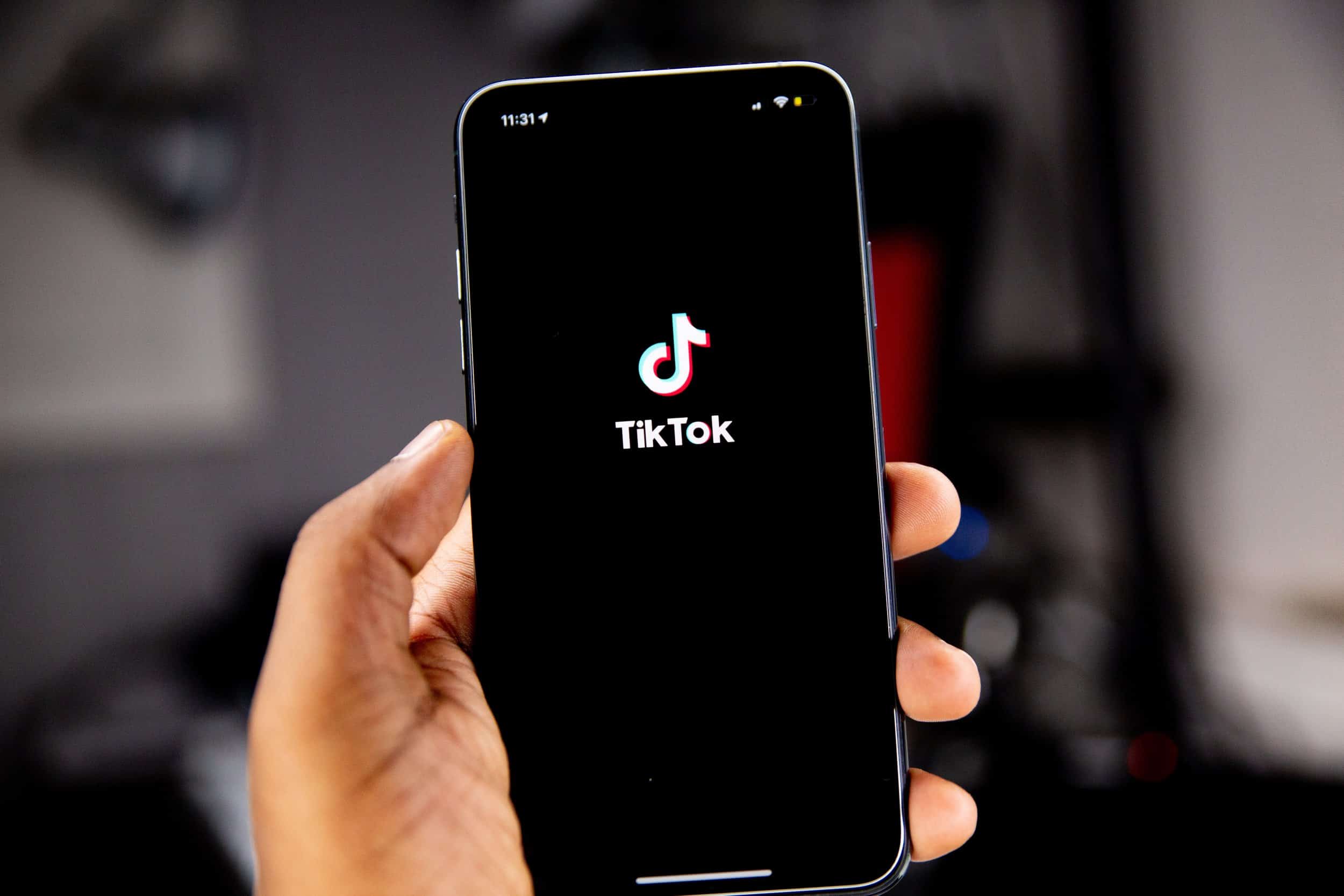How to increase your virtual team’s connection

Do you struggle with how to increase team connection virtually?
After interfacing recently with a number of teams now operating in virtual mode, it seems that one of the biggest challenges for leaders lies in maintaining the right amount of ongoing connection between dispersed team members.
First of all, let’s consider – how do you know when a strong connection exists within a team? What is the evidence? Perhaps you’d notice the following:
- A clear understanding of common goals and priorities
- Active participation by team members in meetings and conversations
- Proactive collaboration and support-given among colleagues
- Knowledge of each other’s personal interests or circumstances
- A general sense of trust and empathy.
How many of the above qualities exist within your virtual team right now?
“Great teams have grit and glue! The passion and perseverance to keep working and improving and the positivity and connection to fight through adversity together.” – Jon Gordon
Types of connection
When thinking about how to increase team connection virtually, I think it’s helpful to distinguish between two types of connection:
- Task-Based Connection: Related to goals, tasks, deadlines, and status updates
- Personal-Based Connection: Related to trust, empathy, support, and belonging
For both types of connection, consider that there can be not enough, just the right amount, or too much. For instance, if there’s too much task-based connection (with status meetings twice a day, for example), employees can feel micromanaged. But if there’s not enough, the team can suffer from communication gaps and misalignment. Or, if there’s too much personal-based connection, employees can experience a lack of healthy boundaries. But if there’s not enough, team members can feel isolated and misunderstood. So where does your team fall on these spectrums?
Helpful tips to increase your virtual team’s connection
Task-Based Connection Tips:
- Create Clear Group Norms for Communication: These norms could include answers to the following types of questions – How soon do we expect each other to respond to emails or requests? When should team members pick up the phone or text? Will team members communicate after typical work hours? What are the communication platforms we’re using and not using?
- Hold Regular, Consistent Team Meetings: When operating virtually, it’s even more important to maintain regular team meetings. However, resist the urge to create additional meetings out of a distrust of your employees in virtual mode – this will actually work against authentic connection by creating disengagement.
- Encourage Short Interactions When Needed: Virtual teams miss out on the informal hallway interactions that took place regularly at the office. To compensate, encourage team members to proactively create these moments by picking up the phone or reaching out with a quick text instead of only relying on scheduled meetings.
- Consider Supplementing Email Communication: To help with virtual collaboration, ask the team about their preferred supplement to email communication, such as a chat-based program or other project management platform.
Personal-Based Connection Tips:
- Reach Out to Individuals: In virtual mode, you may want to reach out to individual team members for personal check-ins on a somewhat regular basis. These touch points aren’t about project-based status updates. Instead, they’d be focused on expressing your genuine concern and interest in how employees are doing. In these interactions, plan to ask open questions and listen actively.
- Create Space in Meetings for the Personal: Instead of focusing exclusively on the work-related agenda, make some time at the beginning or end of meetings for personal check-ins or sharing.
- Engage in Virtual Teambuilding: Even in virtual mode you can facilitate various team warm-up games that incorporate elements of fun, connection, and optimism. You could also survey the team to see if they’d be interested in trying a virtual happy hour, team lunch, or coffee break.
- Experiment with Mentorship or Buddying-Up: To create more ongoing interaction between team members, consider pairing-up colleagues so they can provide each other ongoing peer support. Partners could hold structured check-in conversations or just act as a listening ear at times of needed support.
More Blog Posts

In the digital era, one symbol has risen to become a ubiquitous thread connecting social media platforms, marketing campaigns, and...

Despite the recent introduction of legislation to ban the use of TikTok in the US, when it comes to social...

One thing that always comes up in a CKP meeting: food. Do we have a shared recipe doc for swapping...

When you hire a graphic designer to build social media assets or engage an agency to rework your branding, it...

